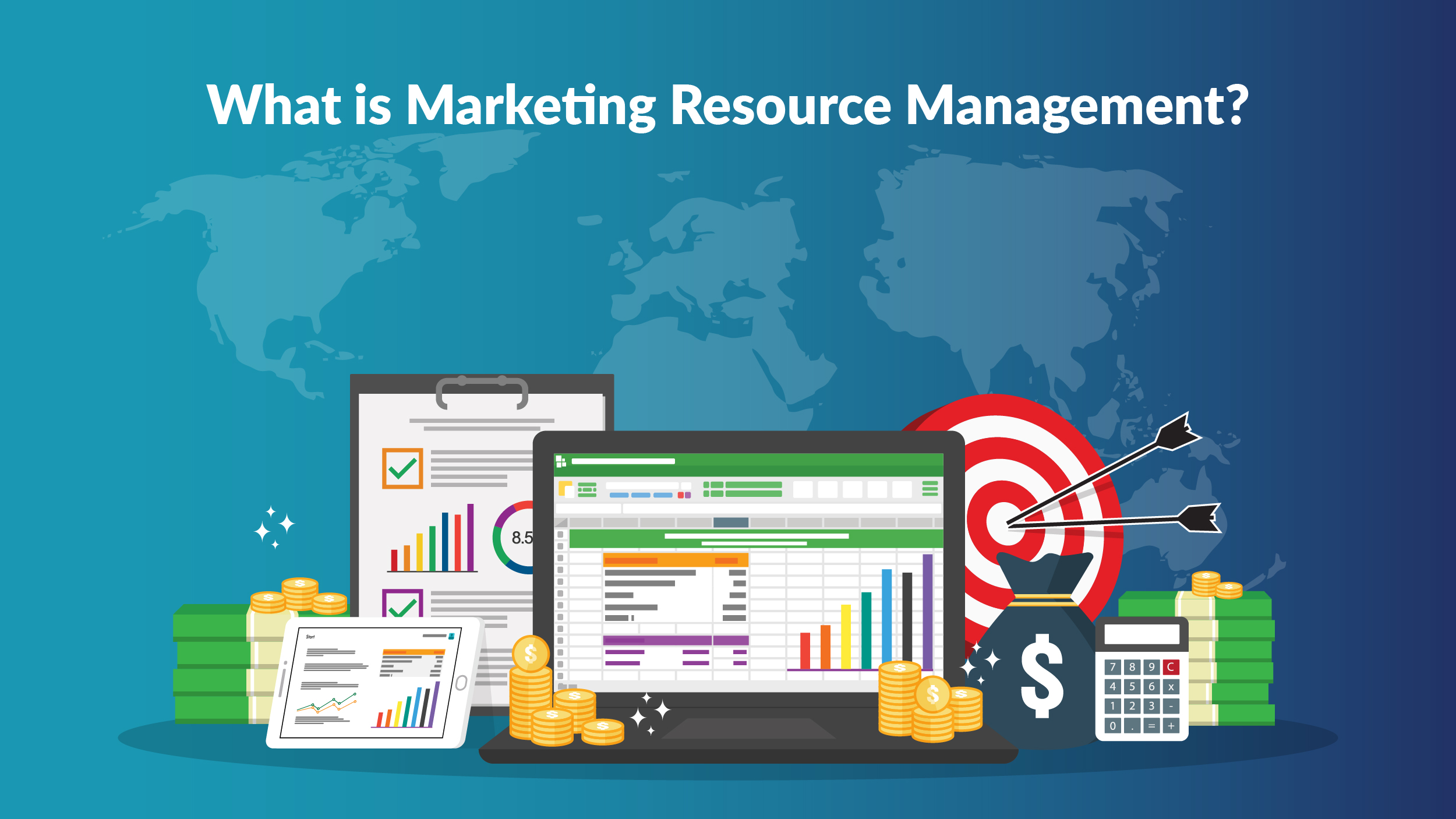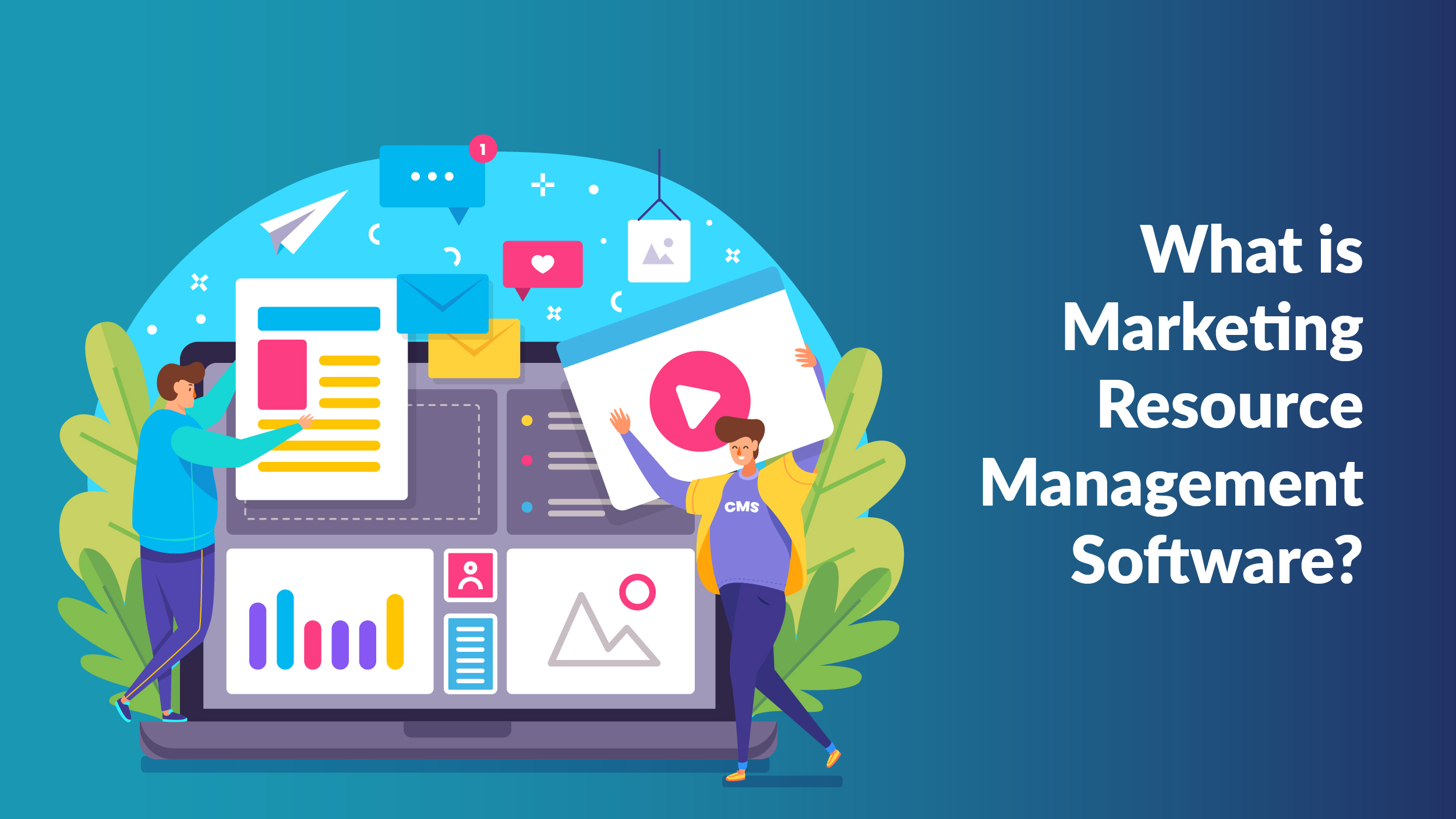It’s not simple to get the word out about your goods and services. Due to the limited marketing resources you have, it becomes much more difficult, necessitating effective administration and allocation.
But how can you efficiently manage your marketing staff, handle several workflows, and distribute your budget without being overwhelmed?
Marketing resource management (MRM) can help with it.
Understand what MRM is, why it’s important, and which MRM tools and software are the best in this article.
What is Marketing Resource Management?
 MRM is a system for controlling the resources, time, and money allocated to a marketing effort. Managers can manage everything from one location rather than attempting to juggle a million apps and trackers themselves since it brings together all of the tools and procedures necessary to run a marketing department.
MRM is a system for controlling the resources, time, and money allocated to a marketing effort. Managers can manage everything from one location rather than attempting to juggle a million apps and trackers themselves since it brings together all of the tools and procedures necessary to run a marketing department.
Technically speaking, MRM is a marketing management approach. However, many individuals consider MRM to be the technology necessary to support that strategy as it depends so largely on technological platforms to smoothly blend all of a campaign’s moving pieces.
Why are Marketing Resources Important?
MRM exists to conserve time and marketing resources, if we could summarize it in one sentence.
In other words, focus on just one marketing activity, such as creating just one digital flier. Related activities need time and money to coordinate between your marketers, graphic designers, copywriters, and other staff members. There is also the opportunity cost, which means that for every hour you spend on this one flier, you are not concentrating on other marketing materials or business expansion.
Coordination is made simple by online MRM portals and MRM 2.0 solutions: Each team member has online access to the marketing resources they require. There is less back and forth, and there is no time lost. Now that you are finished, your team members can focus on their respective projects and other important work.
What is Marketing Resource Management Software?

A marketing technology (MarTech) stack’s core hub or backbone, marketing resource management software is a solution that consolidates all of your marketing resources in one location.
Using Welcome’s marketing resource management software as an example, you can easily generate and repurpose content at scale by centralizing all of your digital assets for simple discovery and reuse across all teams and stakeholders.
Additionally, centralized requests provide you access to a single source of truth, simplifying management throughout the procedure and guaranteeing proper resource allocation for upcoming marketing initiatives.
What are Marketing Resource Management Tools?
How much your current working style might change as a result of this new strategic approach to marketing management may be something you’re questioning. In actuality, MRM is a straightforward, simple process that any company may rapidly implement into its operations.
Implementing a new strategy is not difficult as a result of these excellent marketing resource management programs. Go through the below list of the best marketing resource management tools.
1. Wrike – customized marketing management tools
For teams of 20 or more individuals, Wrike provides a platform for managing marketing resources. To optimize their marketing results, global titans like Google, AirBnB, Dell, and Siemens all use this project management software.
Wrike is made to incentivize teams to innovate effectively and to urge them to strive towards bettering the customer experience.
2. Filestage – content review and approval
Collaboration on projects is now simpler than ever with the help of Filestage, a cloud-based online proofing tool. This software significantly improves the way input is gathered and stored as you carry out the evaluation and approval process for your marketing and communication channels. Users of Filestage can submit and approve feedback with a single click, and they can discuss it in real time. Additionally, the tool simplifies project management by giving you a comprehensive picture of each file’s current condition.
3. BrandMaster – manage your branded assets
BrandMaster is a platform for managing brand assets that gives marketers access to many different tools for managing marketing resources. Utilizing this web-based resource management tool can help your marketing team work more efficiently and better execute brand strategy.
Two MRM case study examples from big brands
Putting theory into action We’ll demonstrate two effective real-world case studies of marketing resource management in the section that follows.
1. Bayer – Using MRM to Ensure Global Brand Compliance
As a major international player, Bayer had to bring several brand subdivisions into line so they could follow the same standards. Brands like Bayer, who compete in the highly regulated pharmaceutical and healthcare sectors, must place a specific emphasis on a consistent branding strategy as failure to do so could have dire repercussions. Bayer made the decision to combine all brand assets onto a single platform so that all international subgroups could have access to the most recent materials. Both time and money are significantly saved as a result, benefiting both the overall brand and all associated subgroups.
2. Under Armour – Enhanced Media Exposure via MRM
Global sports clothing company Under Armour creates a tonne of marketing collateral that must be distributed among 400 team members working in five different countries. Under Armour didn’t previously use any MRM software. Team members could never be certain that the shared files had the most recent versions, for this reason.
Under Armour was able to organize all of the final brand assets due to an MRM tool. The unveiling of the UA HealthBox at the Consumer Electronics Show (CES) marked the beginning of the company’s use of the same platform to disseminate its assets to the media. The consequence was that the device launched with over twenty CES honors.
Driving Success with Marketing Resource Management
In the constantly changing field of marketing, marketing resource management (MRM) has shown to be a vital instrument. MRM systems have completely changed how businesses manage their marketing operations, from streamlining workflows and optimizing resource allocation to fostering cooperation and guaranteeing brand consistency.
Companies can improve their marketing departments’ efficiency, agility, and accountability by putting in place a strong MRM system. This will provide them with a competitive advantage. The capacity to centralize and automate numerous marketing processes enables teams to concentrate on strategic projects and creative activities, ultimately resulting in improved results and stimulating innovation.
Marketing resource management will continue to influence the marketing environment as the digital era develops, assisting companies in efficiently and effectively navigating the intricate and dynamic world of marketing. In addition to optimizing their marketing operations, those who view MRM as a strategic investment will also open the door for long-term success and growth.


Comments are closed.